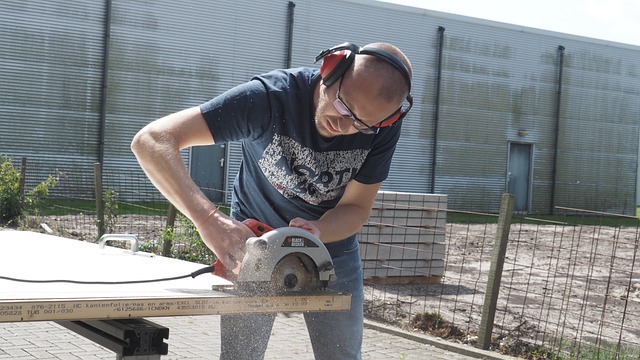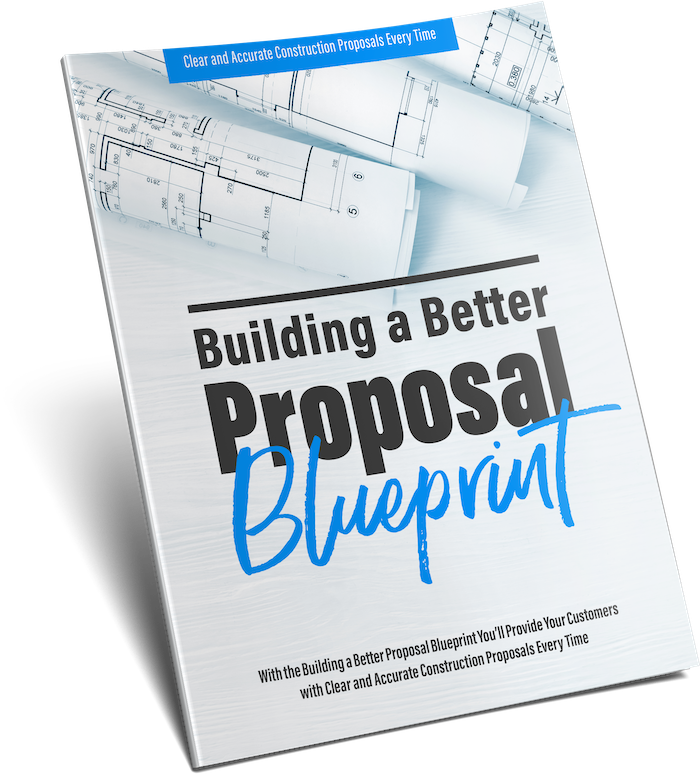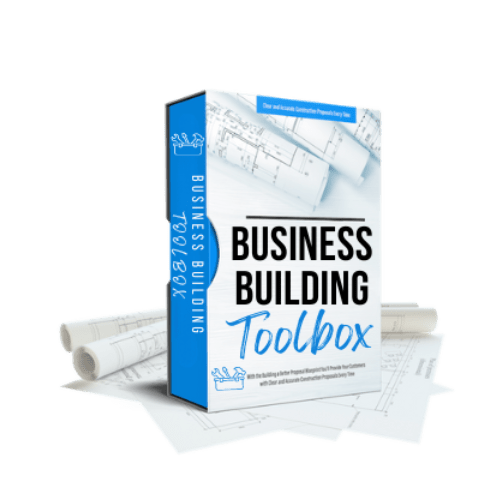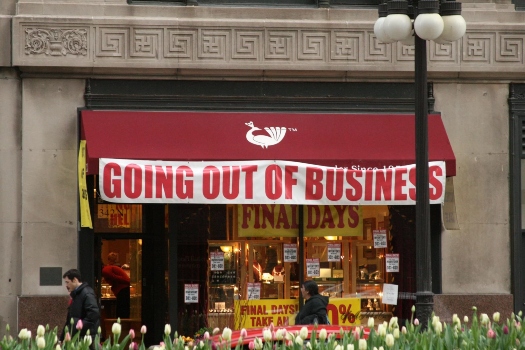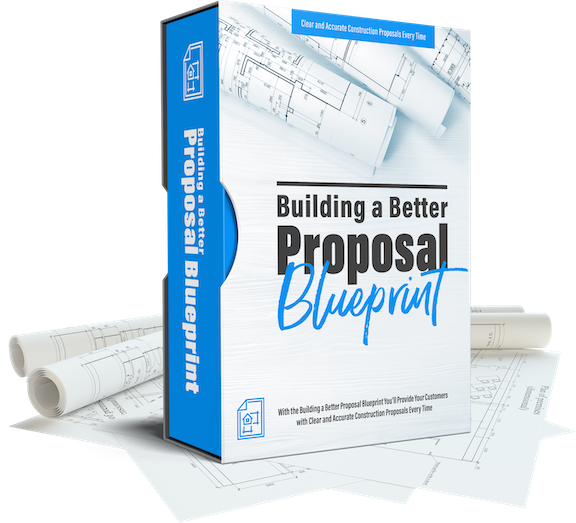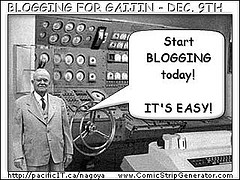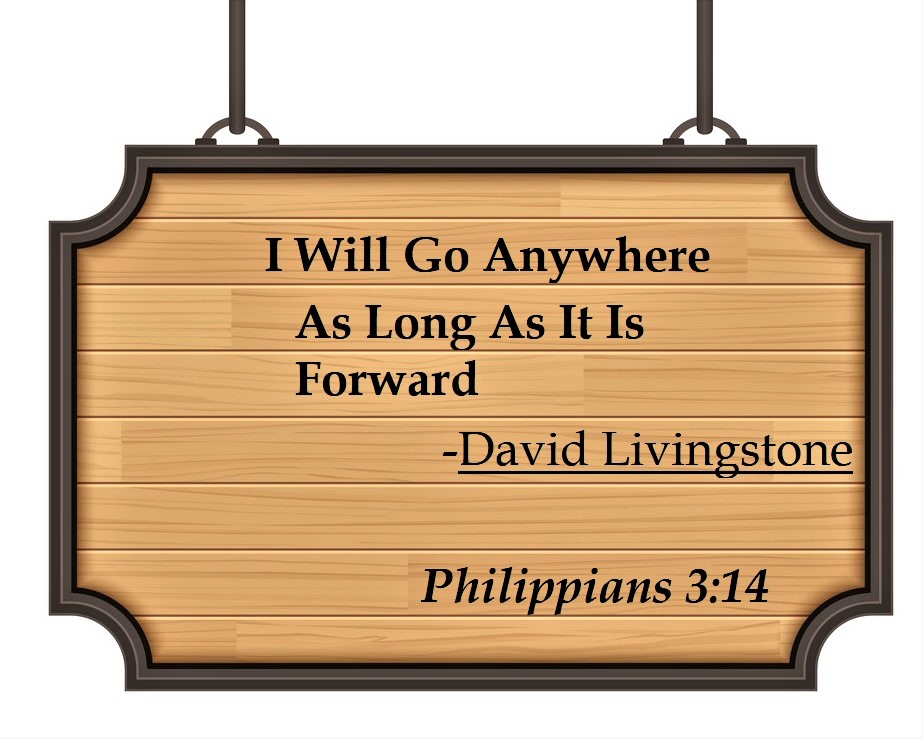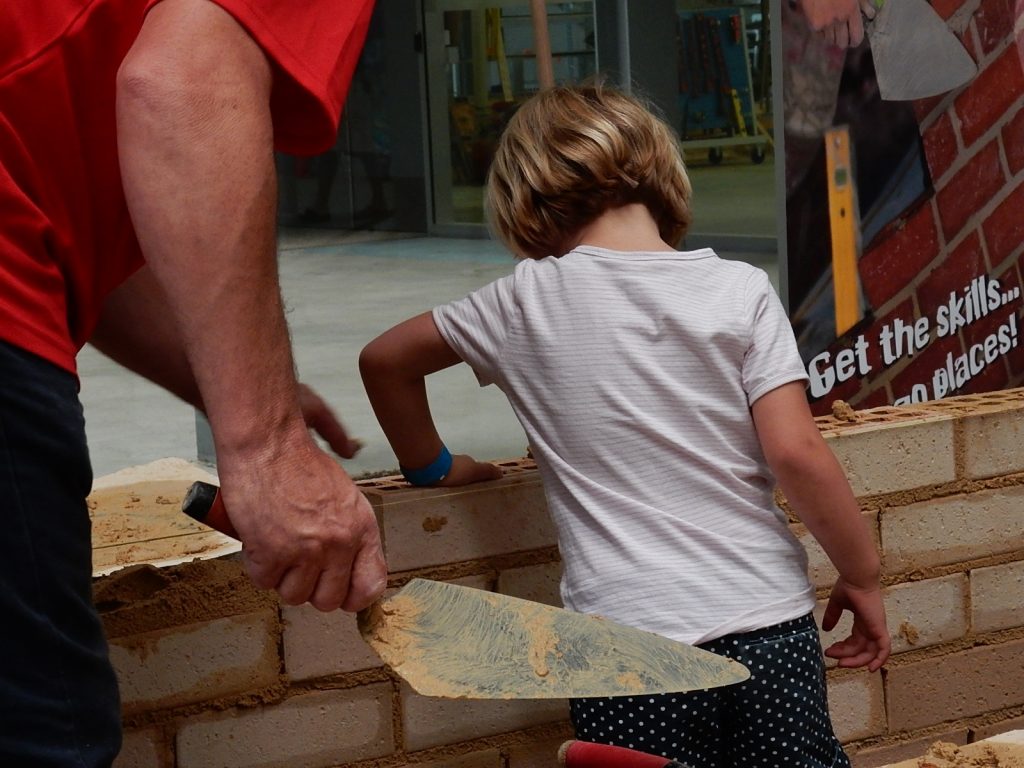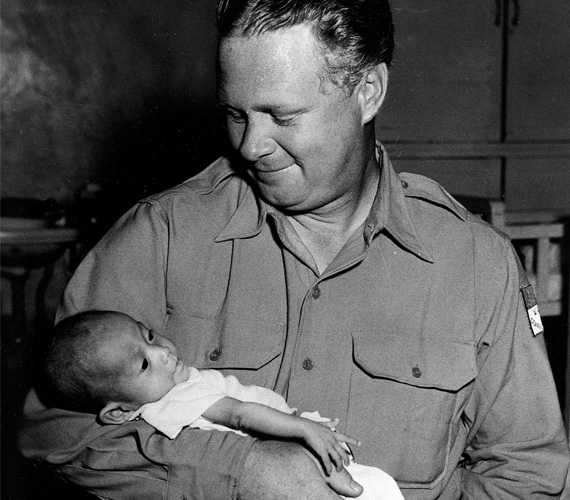It’s Really Not That Hard…It Just Requires a Change of Perspective
It’s crazy the number of business that start and fail. Millions of businesses get started each year, but only a small portion survive. Why is it that 90% of all businesses fail? An article by Luisa Zhou is full of research-backed business failure statistics.
- 18.4% fail within the first year
- 49.7% fail within the first 5 years
- 65.6% fail within the first 10 years
- Only 25% make it beyond 15 years
There are countless reasons that businesses fail, but just because other businesses fail, doesn’t mean yours will too. Being aware of and understanding these statistics increases your chance of survival.

You can’t succeed if you don’t try.
If your dream is to own a successful construction business, you need to do your homework and then commit to it. Construction businesses do have a high failure rate, but that’s not to say you should avoid the construction business.
It just means you need to be aware and get prepared.
Listed below are five small business types with notoriously high failure rates.
- Restaurants – Independent restaurants have a failure rate of over 60% at the 10-year mark. The key to success is the ability to raise capital when needed. If a business owner cannot do that, there’s not much left but to close the doors.
- Retail stores – Another business with intense competition is retail stores. Not only do you have to contend with other brick-and-mortar stores, but you also have online businesses undercutting your prices. Like independently owned restaurants, retail stores have a failure rate of over 60% at the 10-year mark.
- Direct sales – Yes, it’s your own business, but if a friend asks you to become part of a multi-level marketing (MLM) business, say no. What you’ll hear are success stories. You won’t hear that, like a pyramid scheme, 99% of direct sales reps suffer significant financial loss. It’s the people at the top and the person who recruits you who makes money.
- Construction – Starting your own construction business is a tough gig. Construction businesses also have a failure rate north of 60% at the 10-year mark.
Not only do you have to be good at your craft, but you have to become a full-time salesperson, accountant, administrator, bookkeeper, and part-time counselor.

If you have a passion for building and offering unique touches that buyers can’t get from another builder, you’re off to a good start. The thing that’s usually missing is a business plan and the right business tools.
- Insurance sales – Insurance agents face the same challenges of construction…wearing too many hats. They must be a master of administrative work, sales, and an ever-changing insurance scene.
If you’ve been in construction for any length of time, or know someone who has, you’ve become aware of how hard it can be to operate a successful construction company. Understanding the things that are needed to achieve this is one of the BUILDing blocks in a solid business foundation.
NOW WHAT? Now you need to change your perspective.

Perspective is a particular way of looking at something. This doesn’t mean it’s right or the only way. It just means that it’s our perspective.
Rather than assuming you’re the only one in construction dealing with issues you need to understand that this is not the case. These struggles are common across the construction industry. But changing your perspective is just the beginning.
Real change requires action. You’re going to have to do something.
So, what is the something that you need to do?
You need to lay the next block to BUILD the foundation of your business. This block is INFORMATION, INSTRUCTION, and IMPLEMENTATION. This is the third block in our 5-step Business BUILDing Process. Check back next week, and we’ll take a hammer to this building block to see what it’s made of.
It can be really frustrating trying to figure out how to build a successful construction business. But you don’t have to do it by yourself.
After owning and operating a construction business for more than forty years, I’ve developed business tools and systems that we are now making available to construction companies to give you an advantage over the competition.
If you would like to learn more about BUILDing a successful construction business, you can schedule a free 30-minute consultation here.




